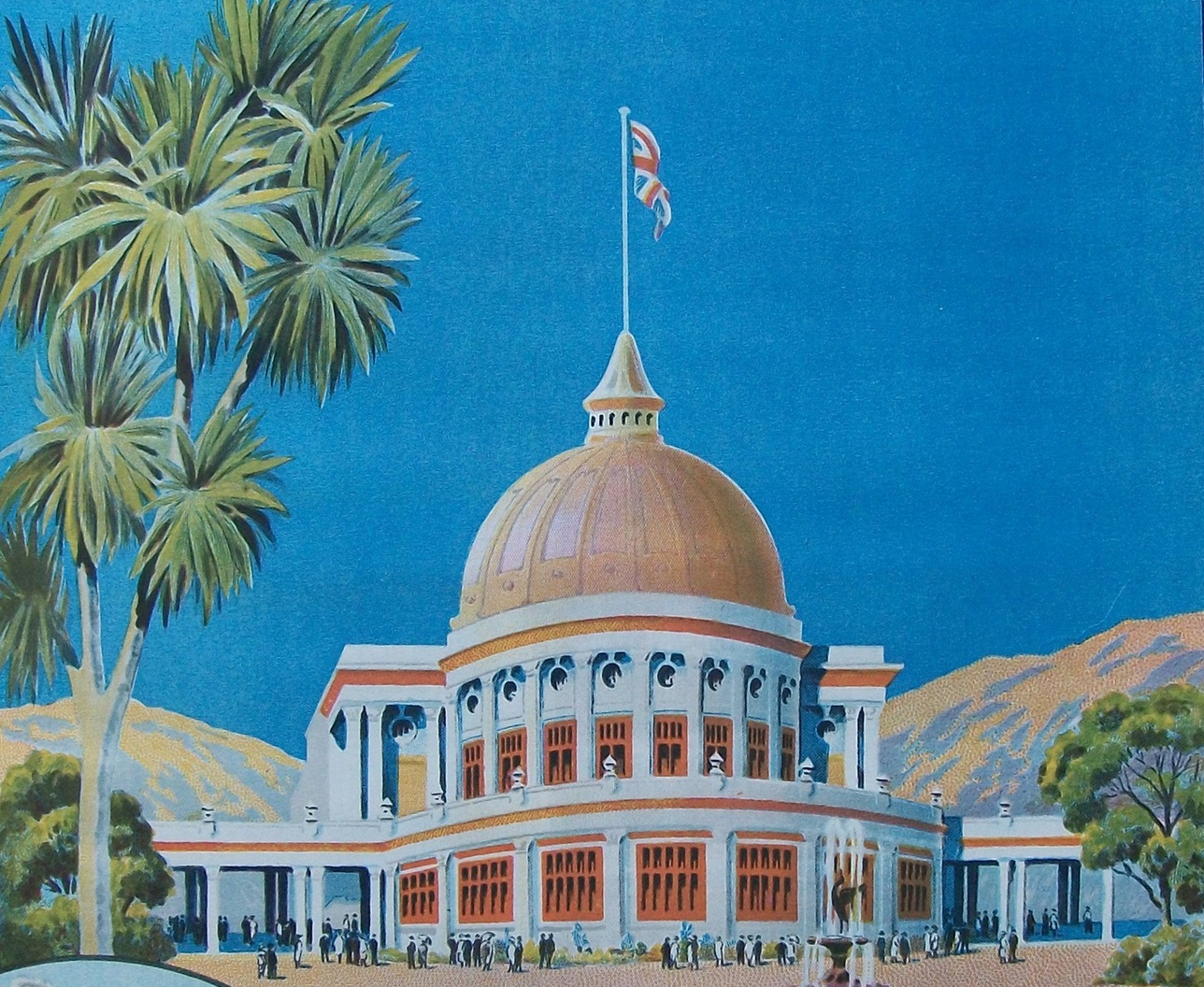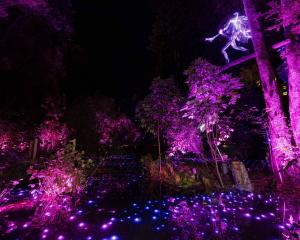

In each department the Annual is rich, and is a publication which will reach a high degree of popularity. It has been published in time for the English mails to the Old Country for Christmas, and doubtless those who desire to reach absent friends as well as those who wish to give others some idea of the wealth of New Zealand’s natural beauty will take advantage of the opportunity of purchasing copies.
It is certainly excellent value for the price of two shillings.
Winning pigeon averages 68kmh
The Dunedin Homing Pigeon Club flew an interval race last Saturday from Christchurch, an airline distance of 200 miles. The weather was fine, but there was a heavy fog up the coast, and consequently the birds had a difficult time.
The winning birds were liberated at 9.40am and tuned in at 2.25pm, taking 4hrs 43min for the journey. Mr P. Chambers (President of the Canterbury Flying Club) kindly liberated 11 pens representing 11 lofts with the following results in yards per minute: E. Diehl’s Firelight, 1248, 1; W. Hargreave’s Away, 1181, 2; F. Jones’ Recall, 1125 3; J. Scouller’s Swallow Flights, 1116, 4; A. Gillam’s Autumn Tints. 1111, 5.
Gallery clean-out called for
"Weeding out the worthless" in New Zealand art galleries is what the National Art Association yearns to see. Its Bulletin remarks: "In Wellington, Auckland, Christchurch and Dunedin, each public art gallery is filled to overflowing with pictures — mainly pictures — purchased, presented and bequeathed, and the limited space has necessitated such close packing on the walls that any scientific system of arrangement is out of the question. The result is as may be anticipated. Visitors come to look and depart in a more or less confused condition, wondering what art is, or was, or should be. Students find little to help them in their quest for knowledge, and those in control wonder and do not seem to have any clear conception of the course to follow. The time has come for stocktaking and for a rigorous weeding out of the worthless and the undesirables; every gallery in the Dominion has its full share of them."
Place-names explained
The following article from ‘Nomenclature of Otago’, by Mr W.H.S. Roberts, might be of interest: "This long beach from Moeraki to Shag Point, misnamed Kartigi Beach, was divided into three sections, the northern portion Katiki (vanquished), the centre Kai-pae (to lie close to food), the southern part Te Whata Paraerae (a store house for flax sandals). Katiki, which gave birth to the barbarous word "Kartigi", was the name of the point where the lighthouse stands, and the islet off it, as well as the beach adjoining." — ODT, 19.10.1925
Compiled by Peter Dowden










